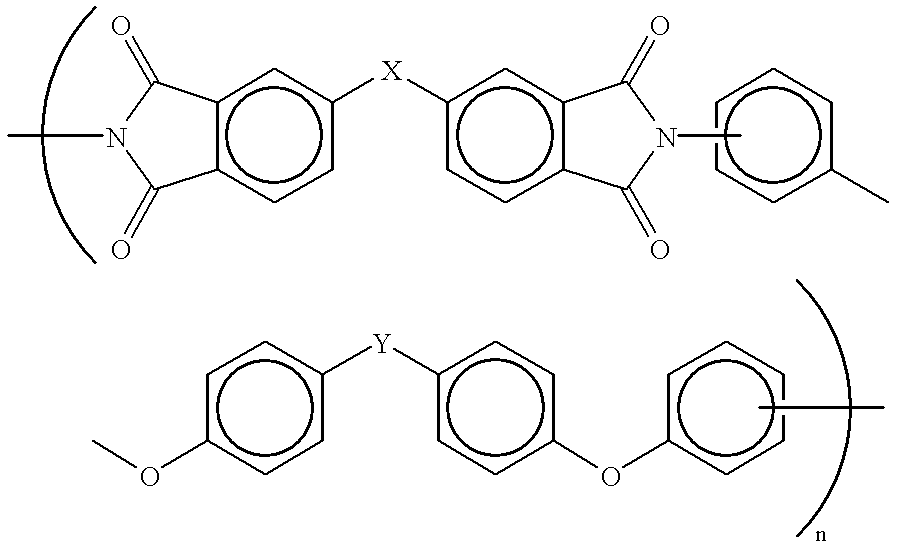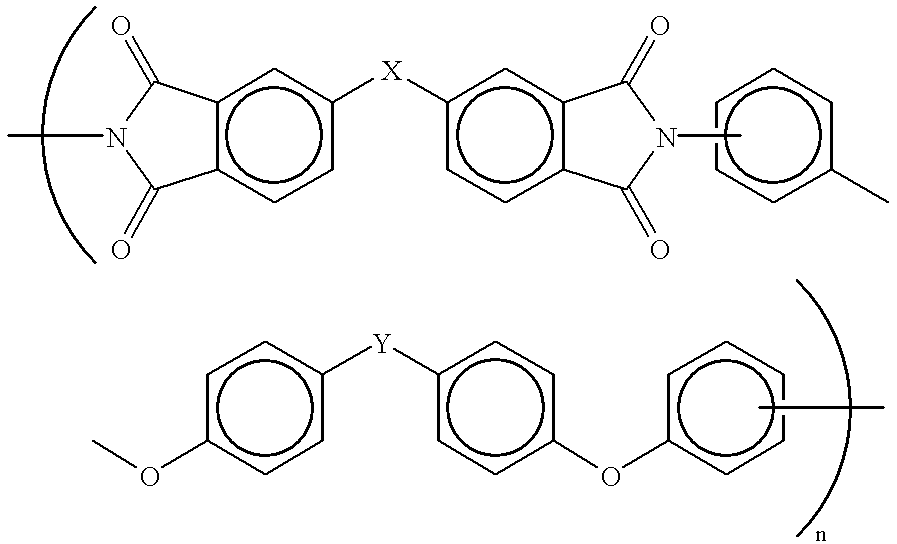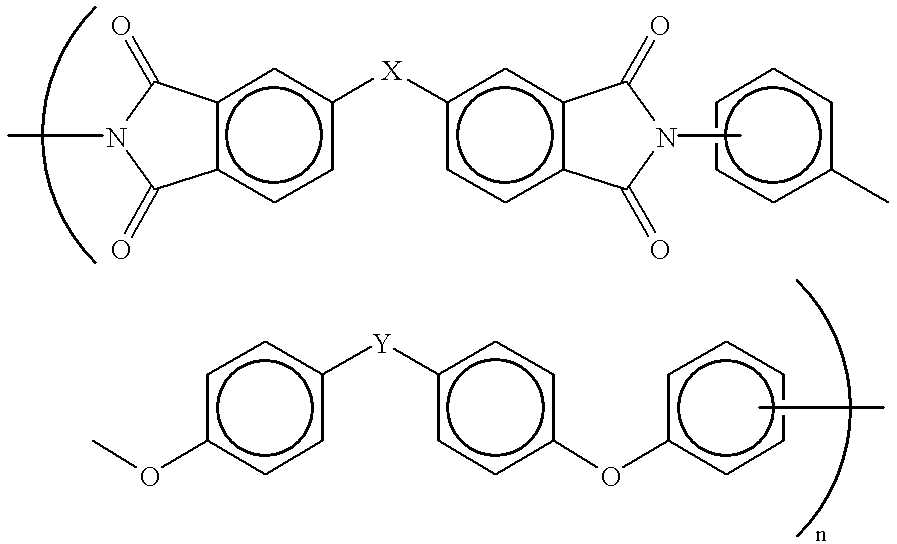Repair process for aluminum nitride substrates
a technology of aluminum nitride and substrate, which is applied in the field of microelectronic devices, can solve the problems of shortening the surface, useless interconnect package, and internal shortening of metallurgy within the substrate layer,
- Summary
- Abstract
- Description
- Claims
- Application Information
AI Technical Summary
Benefits of technology
Problems solved by technology
Method used
Image
Examples
first embodiment
FIGS. 1a to 1d illustrate the present invention wherein a via 10 connected to a surface feature 15 within an AlN substrate 5 is removed. For example, this surface feature, also referred to as surface metallurgy, can be either a metallized pad, blanket metallurgy such as a ground plane, a line connecting other pads, or undesired metallurgy such as extraneous plating. Such features can be formed either by design or error. Blanket metallurgy on the surface of the substrate may be required to both attach by soldering / brazing the substrate to another device, such as a heat sink or mounting device, as well as provide an electrical ground plane.
In order to remove the connection between the via 10 and the surface metallurgy 15, the substrate 5 must first be placed in an appropriate liquid filled work chamber 400 such as that illustrated in FIGS. 4a and 4b and described in more detail below. The repair site is then located using design coordinates (or visually using an appropriate viewing sy...
second embodiment
the current invention is shown in FIGS. 2a to 2c, where an internal connection is to be severed. Such buried metallurgy 115 may be as much as about 0.020" deep within the substrate 5 as long as no other required metallurgy is above it to prevent the repair. In this type of repair, a trench 120 typically about 0.005" wide is machined into the AlN substrate 5 perpendicular to the orientation of the buried metallurgy 115.
To repair a substrate 5 with buried metallurgy 115, the repair area must first be defined and located on the substrate 5. Repair coordinates can be in reference to the edge of the part or in reference to surface features such as fiducials, pads or other visible features. Once the repair site is located, the buried metallurgy 115 can be reliably severed. For this second embodiment, a repair length would be at least about 0.010" wider than the width of the buried metallization 115 to be severed and the repair width would be approximately 0.005". Consideration should also...
third embodiment
In FIGS. 3a and 3b, the present invention is shown wherein just surface metallurgy needs to be removed to electrically isolate desired features. These features can be EC links designed to customize a given pattern to a specific application, surface defects due to errors in manufacturing, design errors, or simply to improve aesthetics.
FIG. 3a illustrates surface features where it would be desirable to remove surface metallurgy by use of the process of the current invention. In this illustration, it is desirable to cut the EC link 200 between pads 210, and 211; or to remove the plating flash 235 and 237 on pads 222 and 223. Linear translation paths 270, circular translation paths 277, or combinations paths 273 can be utilized as needed for the application as shown in FIG. 3b.
As described above, the AlN substrate is placed in the work chamber 400 and the repair site located. The laser beam is translated over the desired metallurgy with just enough fluence to remove the surface metallur...
PUM
| Property | Measurement | Unit |
|---|---|---|
| temperature | aaaaa | aaaaa |
| size | aaaaa | aaaaa |
| cure temperature | aaaaa | aaaaa |
Abstract
Description
Claims
Application Information
 Login to View More
Login to View More - R&D
- Intellectual Property
- Life Sciences
- Materials
- Tech Scout
- Unparalleled Data Quality
- Higher Quality Content
- 60% Fewer Hallucinations
Browse by: Latest US Patents, China's latest patents, Technical Efficacy Thesaurus, Application Domain, Technology Topic, Popular Technical Reports.
© 2025 PatSnap. All rights reserved.Legal|Privacy policy|Modern Slavery Act Transparency Statement|Sitemap|About US| Contact US: help@patsnap.com



